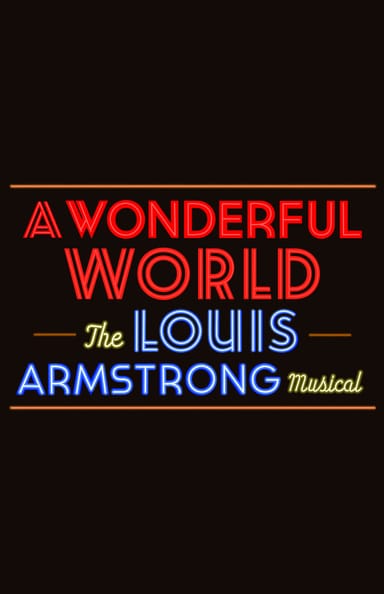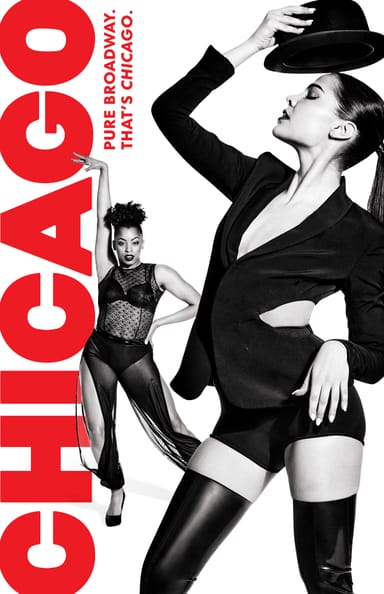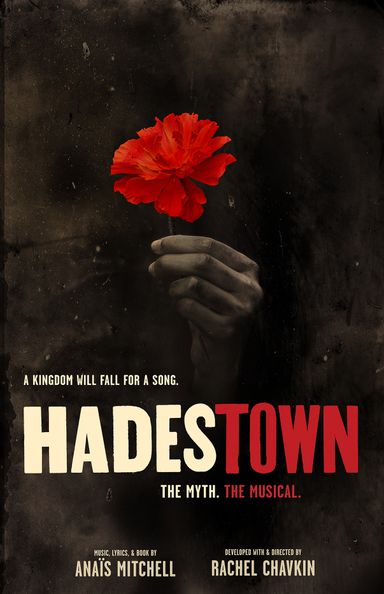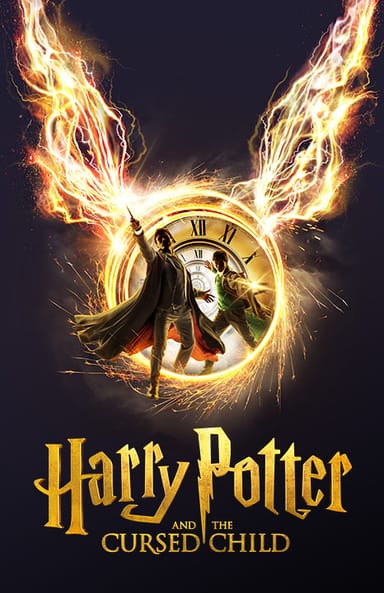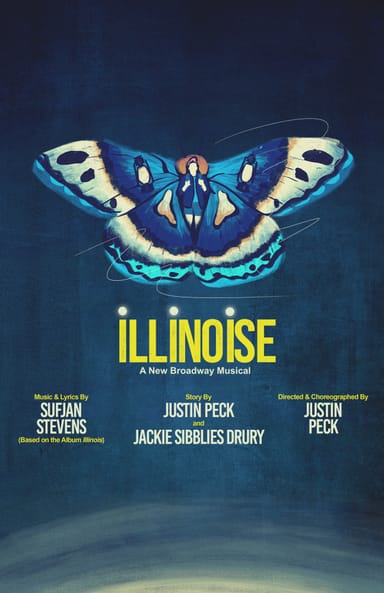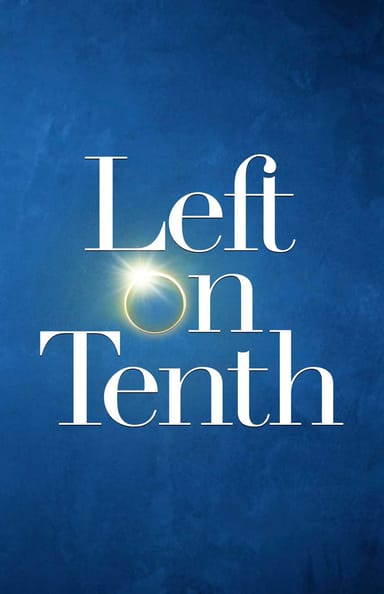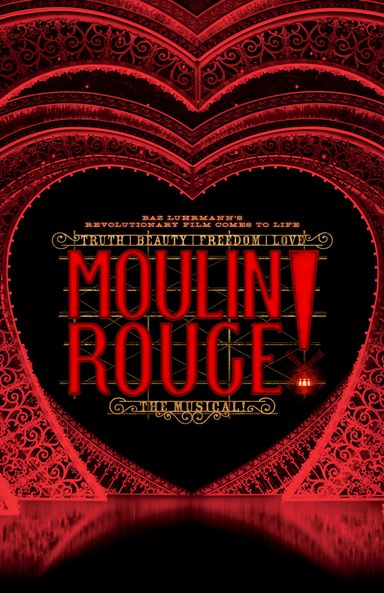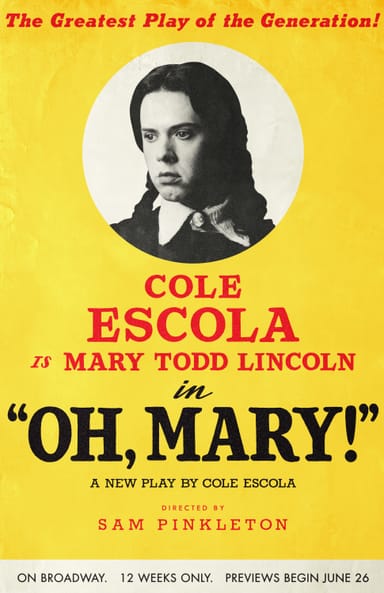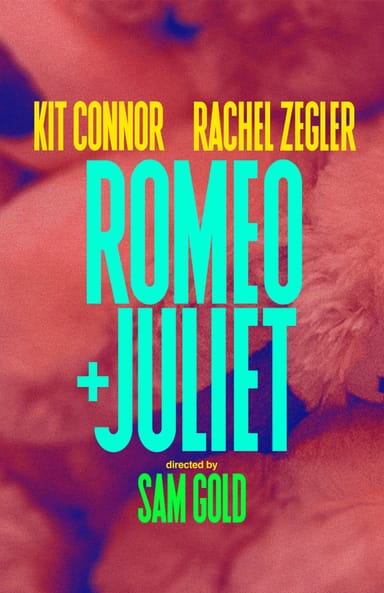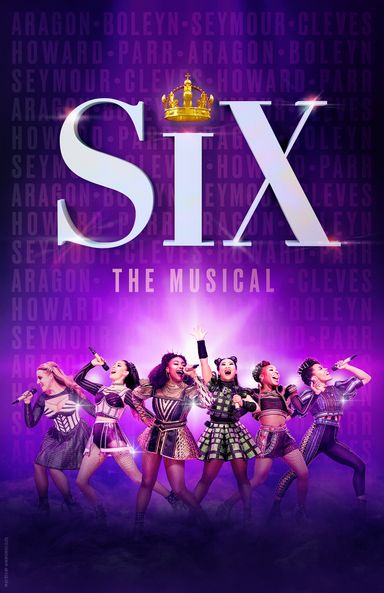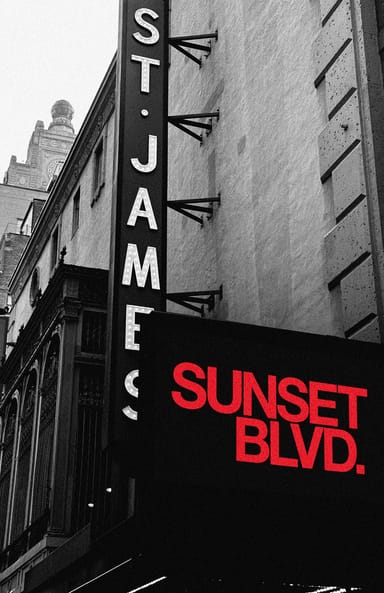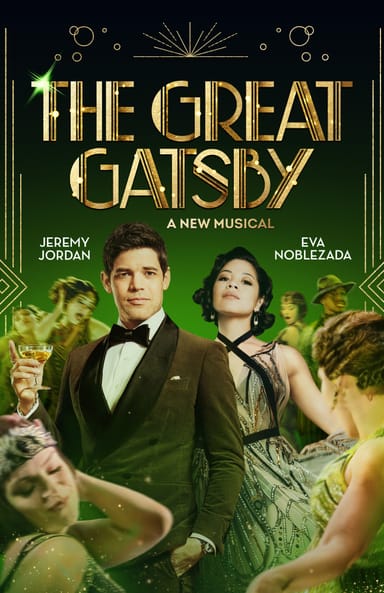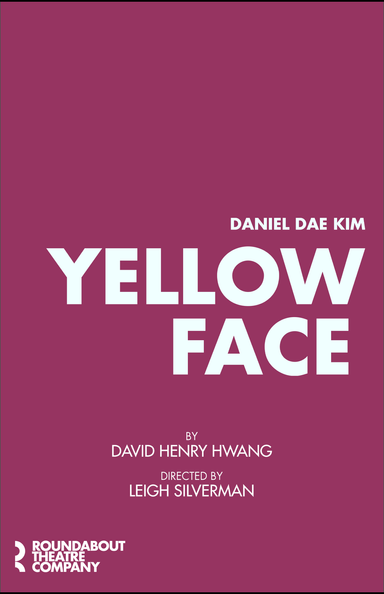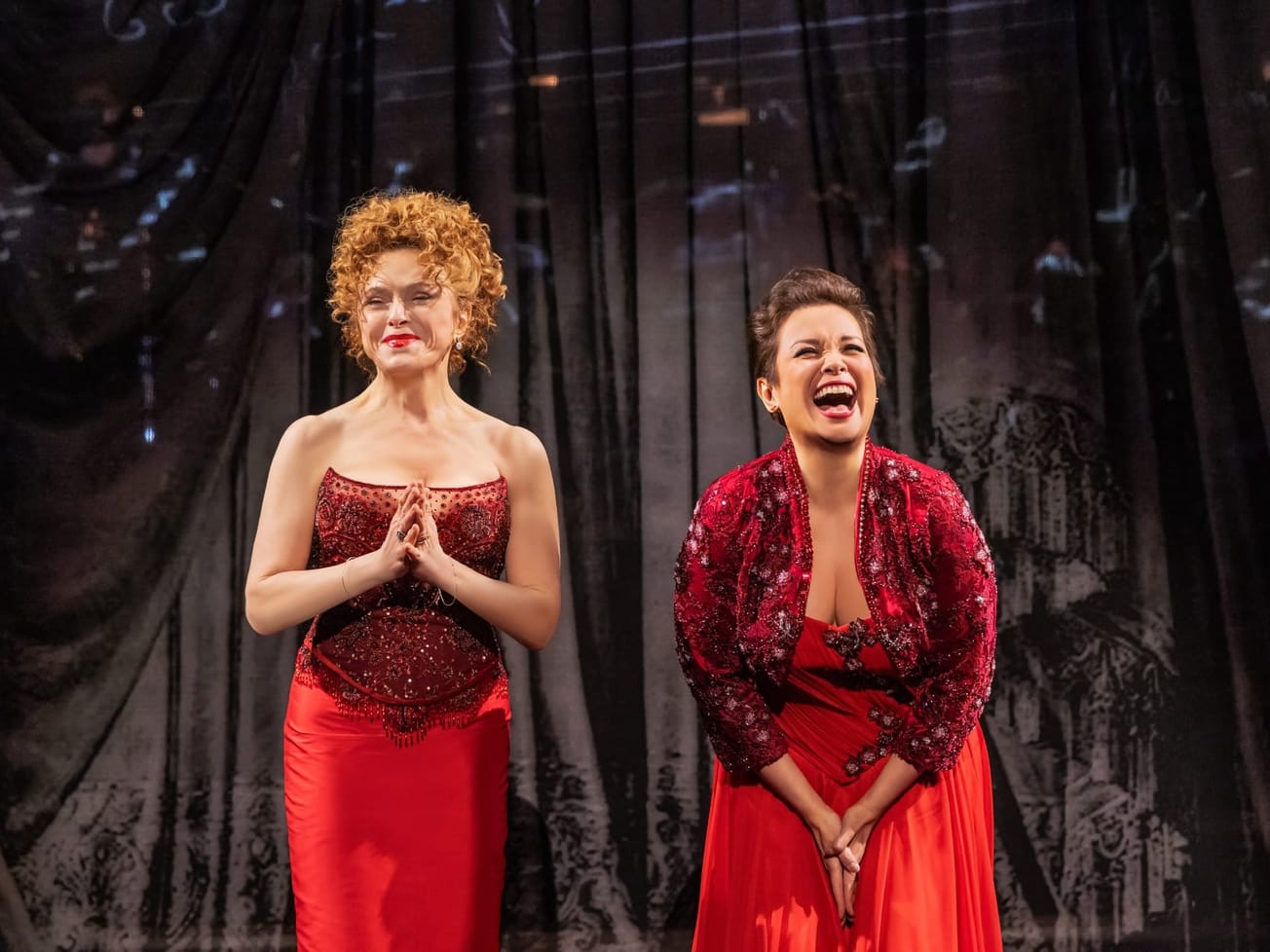Since the time when Shakespeare wrote “Romeo and Juliet,” there have been innumerable productions about the tragic, star-crossed lovers at the play’s center. According to the Internet Broadway Database, this latest 2024 revival marks the 37th mounting on Broadway alone. Over time, the youthfulness of the title characters has been negotiated up; as the age range of what’s known as adolescence extends, the son of Montague and daughter of Capulet have more often been portrayed as twentysomethings than the teenagers the Bard first penned.
Yet in director Sam Gold’s version — currently playing the Circle in the Square Theatre — youth is exactly the point. As Juliet, actor Rachel Zegler, 23, is made to look like she actually “hath not seen the change of 14 years.” And Kit Connor, 20, as Romeo, seems like a mischievous juvenile. The play’s ensemble follows suit — premiered as a motley crew of angsty youngsters.
As costume designer Enver Chakartash pointed out, “The whole slogan of the show is: ‘the youth are f*cked.” But with this rendition staged in what is mostly a blackened theater-in-the-round and spoken in the classic Shakespearean dialect, the production relies heavily on the costumes to broadcast that malcontented essence and create the show’s environment.
Chakartash was immediately drawn to streetwear, characterized by comfortable but stylish clothing, typically influenced by people under 30, in urban areas andbelong to a specific subculture. “I was looking at images of people on the street in fashion books, what people wear in New York and lots of music videos,” Chakartash told Broadway News. “There’s such a freedom when you style something for a music video because you’re creating so much atmosphere.”
Just looking at “Romeo + Juliet,” you can see the streetwear influence in the wide-leg jeans and chains, the ribbed and mesh tank tops, the hoodies and sneakers. It screams Gen Z — and it’s meant to.
“Sam kept saying these kids are rebelling,” Chakartash said. “[The youth] are f*cked, but why? What are they coming up against?”
According to Chakartash’s vision, these kids are struggling to express themselves, define who they are and make their own choices. They look frustrated, but also…cool.
“The cool [factor] comes from seeing somebody trying something, trying to express themselves and it doesn’t always quite work, but you can see the attempt,” Chakartash said. Those attempts translate to pieces that appear as if the characters might have been constructed themselves. Gold strayed from the usual signals of Montague versus Capulet that is often illustrated in costumes of other productions (like assigning contrasting colors to each house). Instead, the director wanted Chakartash to emphasize individuality and let the adolescents blend as a fluid group. Unlikely fabric combinations are mashed together; patches are rough-stitched to denim; emblems are hand-painted on jackets.


